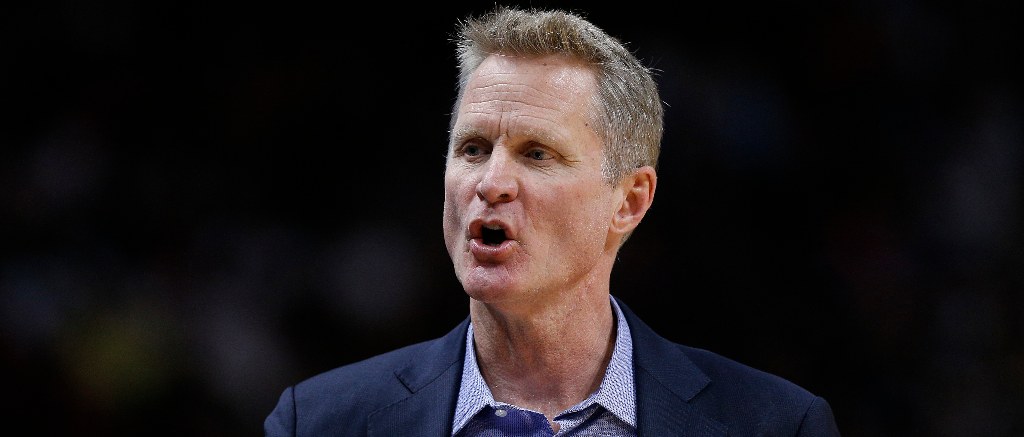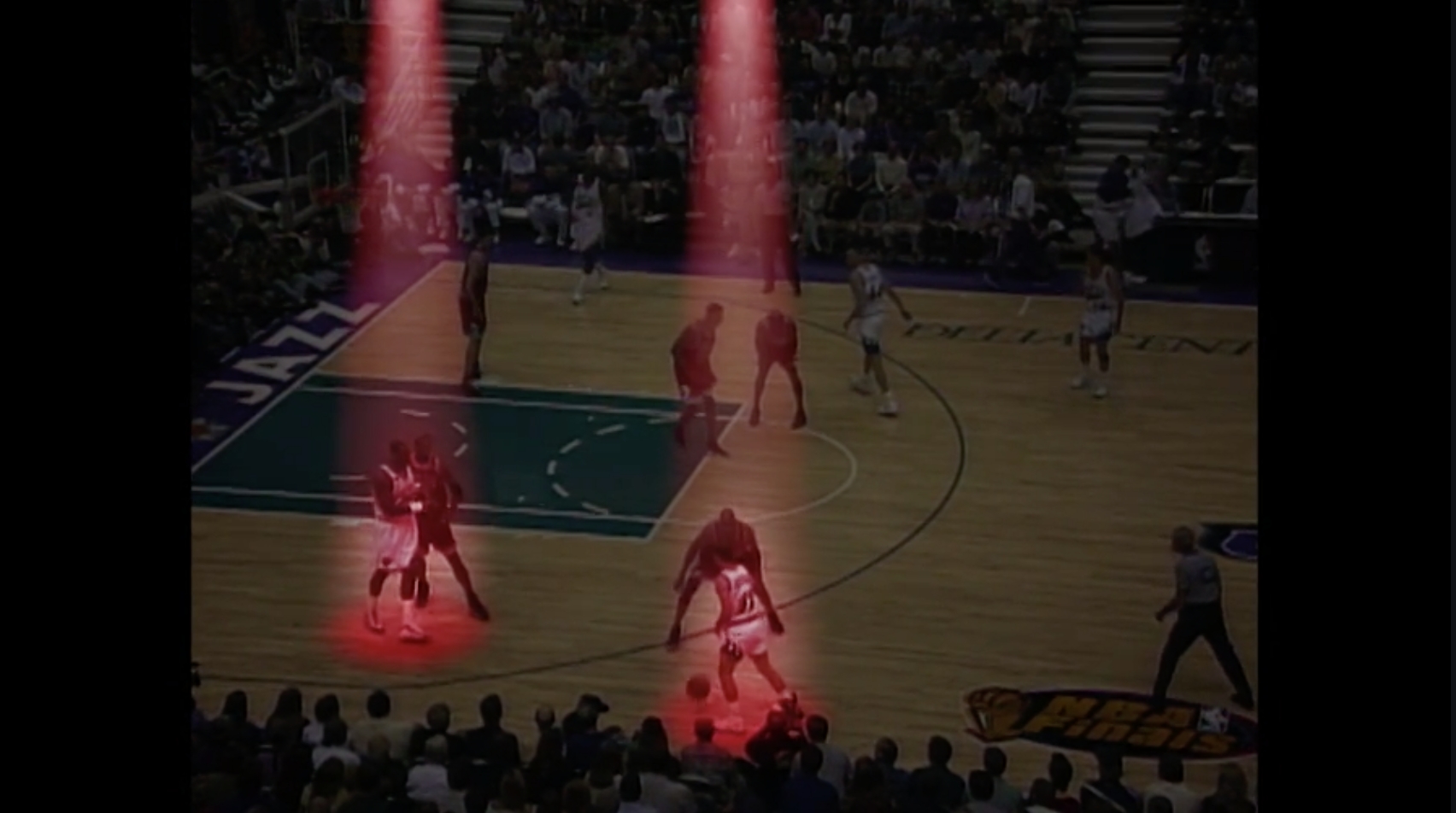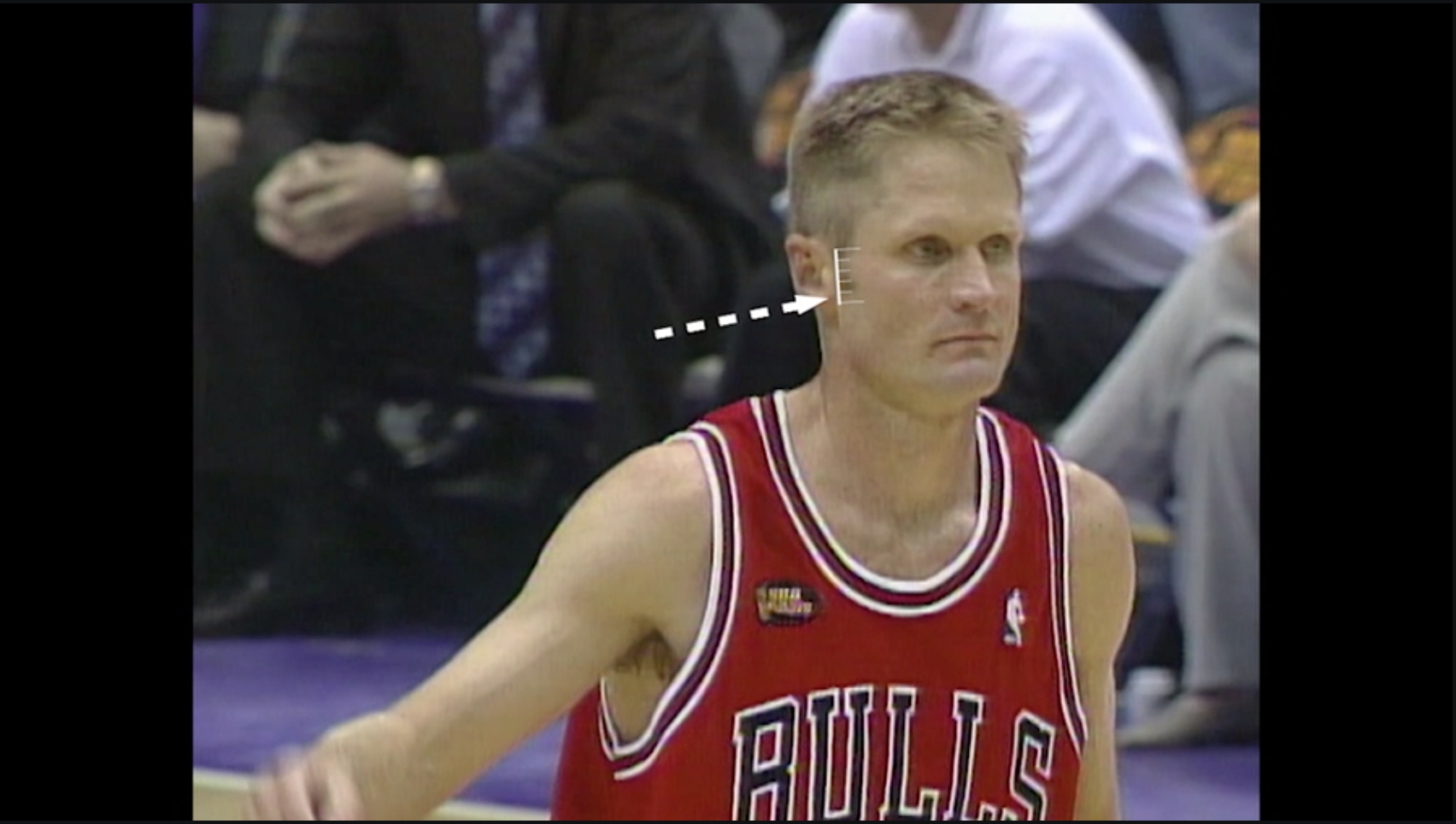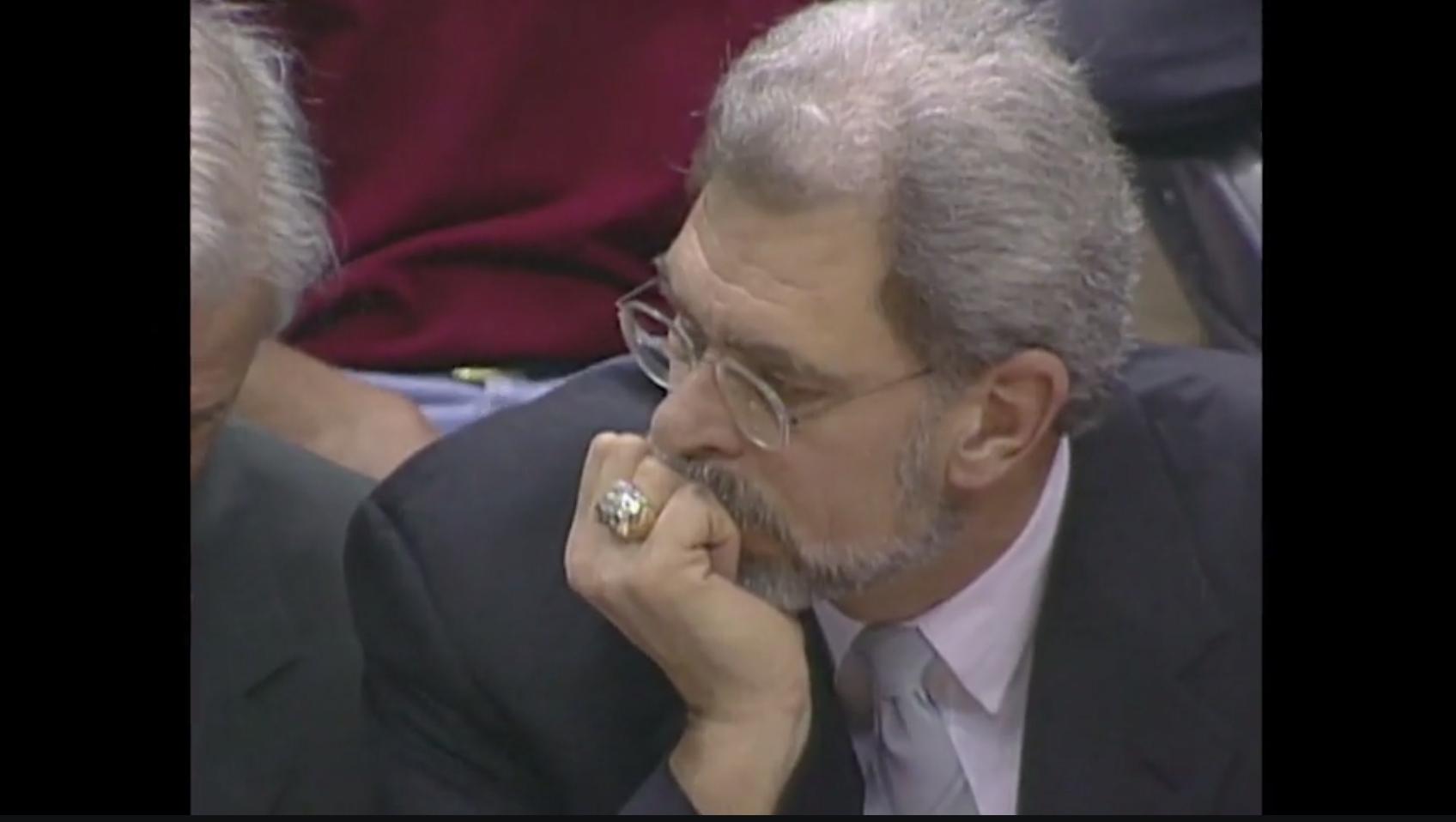
The official title of Steve Kerr’s episode of DETAIL, the ESPN+ series that has served as an accompaniment to The Last Dance over the past month, is “Fourth Quarter Comeback,” but it really should just be “Another Michael Jordan Takeover.” The Bulls defend well, sure, against the Utah Jazz in the final period of Game 2 of the 1998 NBA Finals, but really, it’s just Jordan being Jordan.
The game begins with a feeling-out period, even though Utah and Chicago had just faced off in the Finals the year prior. The Jazz get a couple easy buckets for Karl Malone before Dennis Rodman checks in, and the Bulls are sharing the ball and running the Triangle to a T.
One of the most fascinating parts of DETAIL in recent weeks has been hearing each host’s perspective on the Triangle, the vaunted offense Phil Jackson and Tex Winter installed for the Bulls in the late 1980s. To Kerr, who’s used fragments of the system as the head coach of the Warriors the past six years, it’s simply about scrambling the defense.
“Any time the ball is moved in the Triangle, we had different patterns that we would run based on where the ball would go,” Kerr says. “When the dust settles, the defense is scattered.”
Early on, that meant finding Toni Kukoc in mismatches. Though Malone was a physical anomaly on the court against any opponent, Kukoc was too quick and versatile for the 1997 MVP.
“When you think about the weapons that we had, Michael, Scottie and then Toni Kukoc to create offense, (it was) just incredible to be able to go to him as a second or third option,” Kerr says. “That type of versatility was not common in the ’90s. He would have been an All-Star player in today’s game.”
In the second half of Game 2, Utah finds success early using pin-down screens between Jeff Hornacek and John Stockton, with Karl Malone play-making from the post. They were especially effective when Rodman was on the bench, but the magic of Jerry Sloan’s simplicity is that the Jazz were able to get their stars in position to score even without running anything special in the halfcourt.

Though Utah got out to a second-half lead, before long, Jordan’s scoring is simply too much for the Jazz. Chicago builds some momentum and then everyone gets involved.
“You got about one shot every 10 minutes of playing time in these games unless you were an All-Star,” Kerr chuckles, then adds, “those are some horrible sideburns by the way.”
The sideburns in question:

Ever the self-deprecating type, Kerr also highlights a few botched plays on his part, including a screwed-up back cut that he fails to complete after bobbling the pass away.
Maybe it’s the coach coming out of him, but Kerr cuts the tape to a hilarious close-up of a peeved Phil Jackson:

On the Jazz side, you can tell Kerr has real respect for them as an opponent, from the consistency and effectiveness of Malone, Stockton and Hornacek to Sloan, the coach. Many of the high post sets that Utah ran were similar to Triangle sets, and they exist in the Golden State playbook today, with Draymond Green in the Malone spot and Steph Curry and Klay Thompson in the guard spots, their shooting and smarts equal to this great Jazz backcourt.
Speaking of Hornacek, Kerr shares a cool tidbit on his competitor, noting that part of the reason the small, lanky Hornacek was so good at getting inside and finishing was because he was a center in high school, even though he was just 6-4. All the little hooks and flips that Hornacek pulled out of his bag throughout his career were learned as an overgrown teenager.
Despite Hornacek’s strong game and Chicago’s offensive inconsistency, the Bulls, of course, win Game 2 and head back to the Windy City for three home games.
“We got what we came for, which is a split of the first two games in Utah,” Kerr says. “We’re heading back to Chicago for three straight home games, and we’re in the exact position we were hoping for when we flew to Salt Lake City.”
